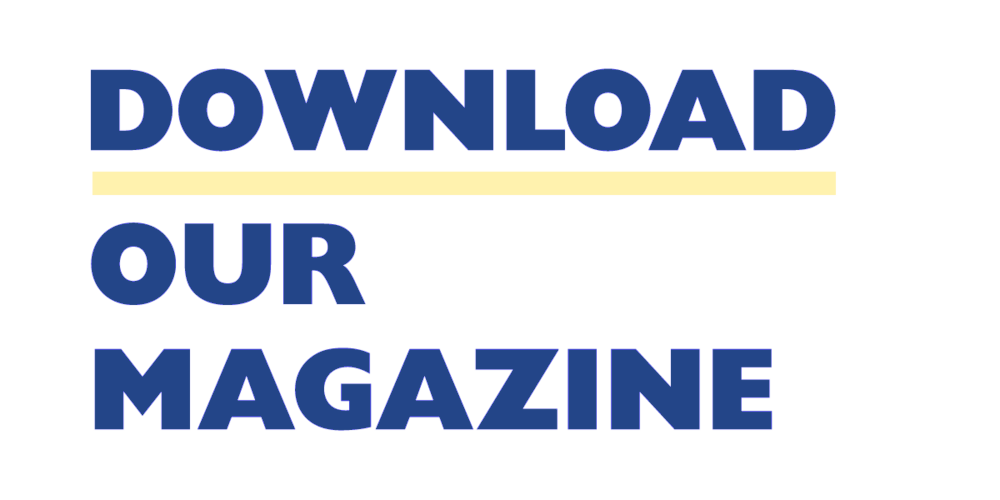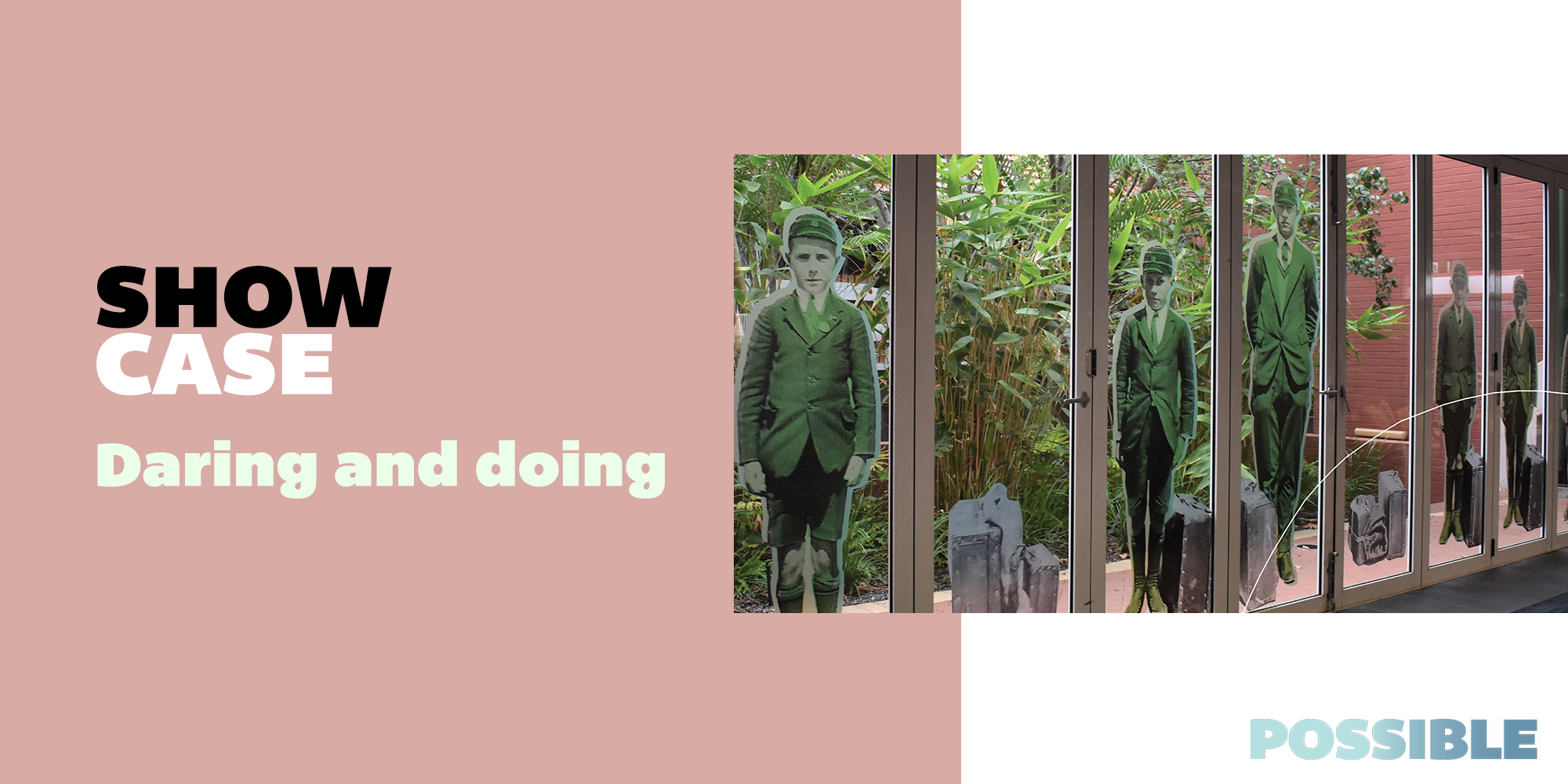In an age of constant connectivity via our devices, websites, social media platforms, right through to online spaces such as the metaverse, our digital experiences are increasingly shaped by digital design choices. Moreover, as our use of technology creates scenarios that have never existed before, the ethical implications are constantly evolving, with the need for us to consider not just privacy and data security but also the societal impact of these design decisions, says futurist, strategist and design expert, Roxi Nicolussi, who has worked in design roles with Spotify, eBay and Shopify.
At the most fundamental level, there’s a need to balance aesthetics with functionality, which can sometimes come at the expense of ethical considerations. “Design choices can significantly impact user experiences and behaviours. For instance, a government form requiring a minimum number of characters for names may inadvertently exclude individuals from different cultural backgrounds,” says Nicolussi.
“In some cases, design decisions can force users into uncomfortable situations, like falsifying information, highlighting the profound ethical implications of seemingly minor design elements.”
Design and user behaviour
Design choices affect everyday usability and accessibility across the digital realm, says Dr Yaron Meron, lecturer in design at the University of Sydney. “Users are often constrained in their behaviour by the design limitations of the artefact that they are interacting with.”
Yet designers don’t make design decisions in isolation, and so the process can (and ideally should) be collaborative, according to Dr Meron. “Ethical responsibility in the context of the environmental and social challenges we’ve seen so far in the 21st century affect everyone and so designers, as core players in innovation, are helping themselves by embracing ethical and responsible design issues,” he says.
Yet individual designers also have limited agency and capital in the design process. “Designers are only one cog in the process and are rarely the sole decision-makers.”
It’s why principles and guidelines might help guide designers’ thought processes or approaches to design—perhaps even help them to influence stakeholders and clients.
Knowing what’s right
Without any kind of ethical framework for design choice, it’s left to organisations and designers themselves to make choices without any universally agreed principles. “If designers had more clarity on their own responsibility to society, and likewise society on its expectations for digital design, I believe designers would be able to focus more on creativity and innovation without having to fight moral battles with stakeholders and clients,” says Nicolussi.
There are numerous examples of poor design choices having less than desirable outcomes, such as Facebook’s 2014 experiment that manipulated the newsfeeds of a group of users to assess the impact on their emotions; the mistaken labelling of black people as ‘gorillas’ by Google Photos in 2015; and YouTube’s recommendation algorithm leading users down ‘rabbit holes’ of extremist and misleading content.
A unified framework for ethical design will be challenging to develop, but is absolutely necessary, according to Nicolussi. When appropriate, it could have minimum quantifiable measures around greater transparency on data usage and how algorithms might affect their digital experience including diverse perspectives to prevent biases, ethical review processes, clear consent mechanisms, and mechanisms to audit and rectify biases in algorithms. “The first step is having design educators and practitioners participating in the framework. But we are not there yet,” she says.
“This framework should be regularly reviewed and updated by a diverse group of design educators and practitioners to ensure that it evolves in tandem with new technologies and societal changes, guiding designers in ethical decision-making.”
Nicolussi also suggests it could take the form of an oath, something that designers and technologists don’t currently have. “I believe a framework for ethical digital design can be as universal as ‘Do No Harm’, including definitions of harm, and still account for difference and diversity.”


.png)



